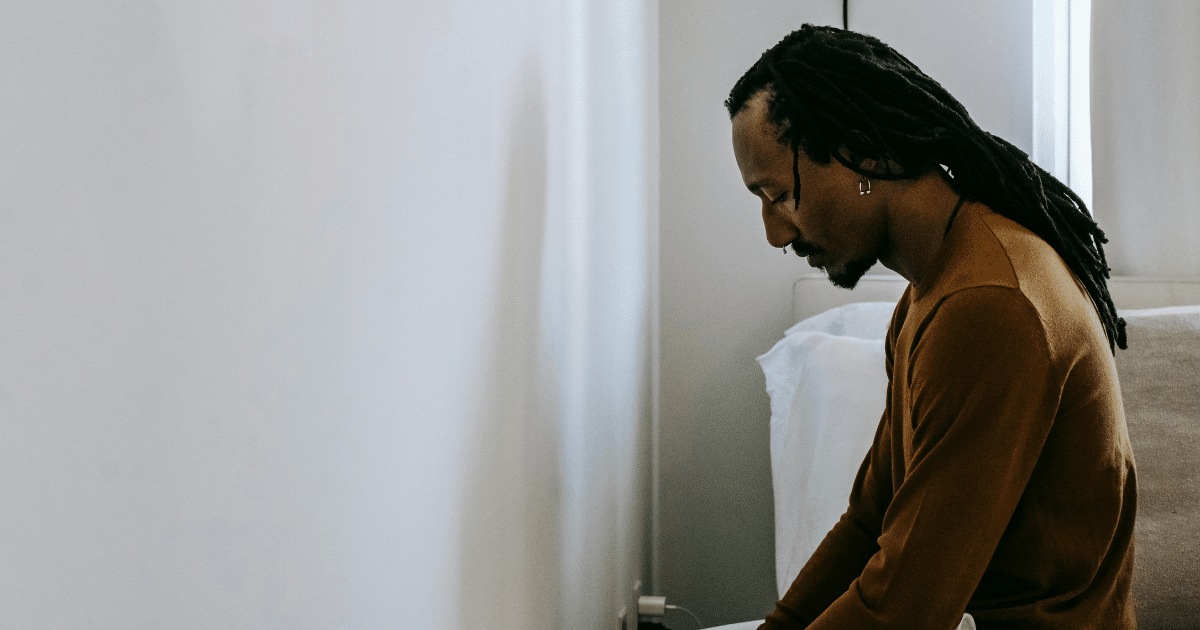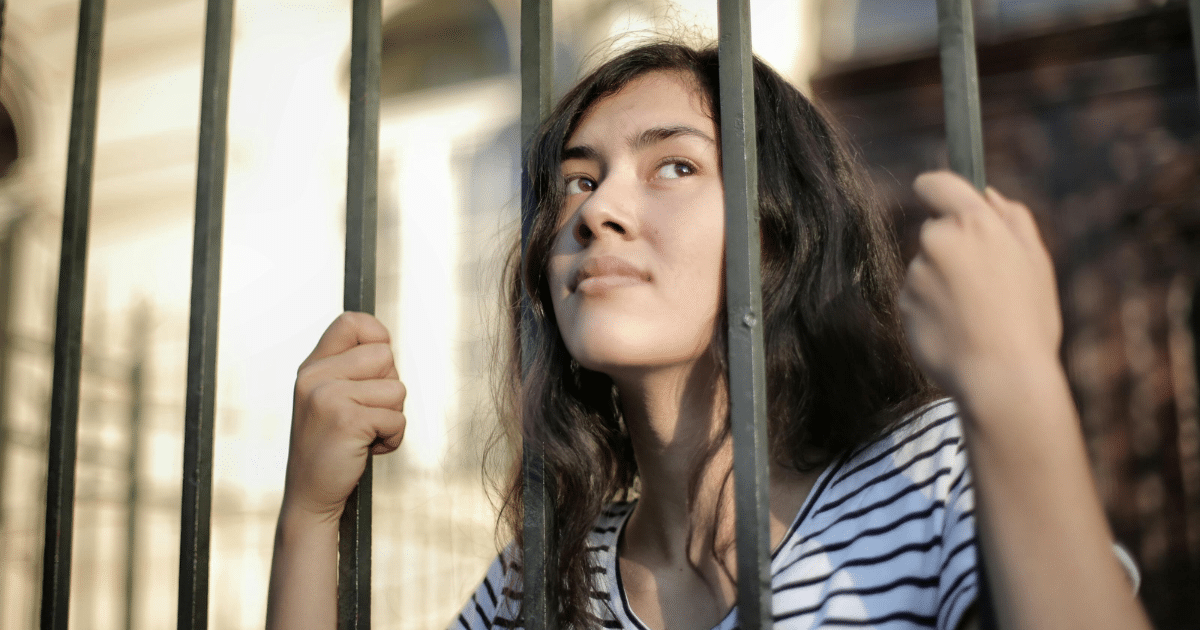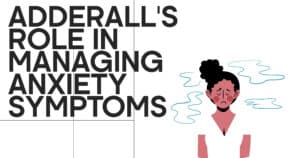Do you ever feel fine skipping the party? Or staying home with your thoughts? Have you noticed needing a full day to recover after socializing? Contrary to popular opinion, that doesn’t mean you’re “antisocial”. You might just be an introvert. But not all introverts are the same. There are different types of introverts. Each has its own vibe, needs, and way of moving through the world.
According to the American Psychological Association (APA), recognizing individual personality traits, such as introversion, can improve self-understanding. It can also promote healthier relationships. Which in turn leads to better coping strategies. So, let’s break down the four types of introverts. We’ll also discuss what makes each one unique.
Overview of Introversion and Its Types
The word “introvert” gets thrown around a lot. Most of the time, not always accurately.
Being an introvert doesn’t just mean you’re quiet or antisocial. It doesn’t mean you’re shy or allergic to fun. It simply means that you prefer solitary activities. Introverts recharge by spending time alone. Or in calm, low-stimulus environments. Social settings can be enjoyable, sure, but they’re draining after a while. Alone time, on the other hand, is like a full battery recharge.
What Actually Defines an Introvert?
Here are a few insights into what introversion looks like in real life:
- You feel energized after alone time and exhausted after too much social interaction.
- You enjoy meaningful conversations over small talk.
- You process things internally before speaking or making a decision.
- You prefer a chill night in over a loud, chaotic night out (even if you’re not opposed to a party now and then).
- You’re more about listening, observing, and reflecting than jumping into the spotlight.
Now that we’ve seen what introversion looks like, let’s address a few misconceptions about introverts because a lot of people claim to be introverts without really understanding what it means.
Some of the stereotypes are just plain wrong. Let’s look at a few misconceptions about introverts before we look at the types, shall we?
| Misconception | Reality |
| Introverts are shy | Not always. Some are confident but just value |
| They don’t like people | False. They just prefer meaningful, low-key connections. |
| They’re always quiet | They talk plenty when the convo matters. |
| Introverts can’t be leaders | Many introverts make strong, thoughtful leaders. |
| They’re antisocial | They’re selectively social. This is a big difference. |
Introversion isn’t black and white. It’s not “you are” or “you aren’t.” It’s a spectrum. Some people are deeply introverted, while others are more of a blend (aka ambiverts, somewhere in the middle).
Even within the introverted club, not everyone vibes the same. That’s where the four types of introverts come in. Each type has its rhythm, its way of engaging with the world, and its inner landscape.
What Are the Different Types of Introverts, and How Do They Behave?
Psychologist Jonathan Cheek, Ph.D, and his team outlined four common types of introverts, and this model helps explain why not every introvert acts the same. Here’s a quick look:
| Type of Introvert | Core Trait | Character |
| Social Introvert | Prefers solitude | Loves alone time, avoids big gatherings |
| Thinking Introvert | Deeply introspective | Always in their head, highly creative |
| Anxious Introvert | Socially uneasy | Overthinks interactions, needs prep time |
| Restrained Introvert | Cautious and deliberate | Takes time to warm up, slow to act |
Social Introvert: Embracing Solitude
Social introverts aren’t shy. Let’s just clear that up first. They can socialize and often do, but they’re intentional about it. They’d rather hang out one-on-one or in a small, close-knit group than go to a wild party with 50 people and loud music.
Here’s a better explanation:
A social introvert has social energy, but it’s limited. They know their battery life and don’t try to push it to 1%.
These are the individuals who:
- Leave the party early without feeling bad.
- Skip group hangouts to have a solo night with a book or a game.
- Genuinely enjoy time alone and don’t see it as “missing out.”
Social introverts are all about quality over quantity when it comes to relationships. They’ll probably have a few close friends instead of a huge crowd, but that inner circle is quite unbreakable.

They’re often misunderstood as aloof or antisocial, but really, they just don’t see the point of small talk or surface-level information. They prefer to have real relationships, not loud ones.
Thinking Introvert: The Introspective Mind
Thinking introverts spend a lot of time in their heads. But this isn’t about overthinking or anxiety. It’s about introspection, imagination, and intellectual curiosity. These are the people who:
- Drift off in thought mid-conversation.
- Journal like it’s a spiritual ritual.
- Daydream while everyone else is glued to their phones.
They’re internal processors. Before they act or speak, they think. Not just “What should I say?” but more like, “How does this align with my values? Is this the kind of person I want to be?”
And while they may seem quiet on the outside, inside their mind, it’s loud. They’re full of thoughts, patterns, and big-picture ideas. They often make great writers, artists, philosophers, and problem-solvers because of this deep inner world.
You could say they’re introverts turned inward x100.
Anxious Introvert: Managing Social Anxiety
Anxious introverts bring a slightly different energy to the table. Unlike social introverts who choose solitude, anxious introverts often retreat because social situations make them feel self-conscious or overstimulated, even when they want to connect.
It’s not that they don’t like people. They just constantly worry:
- “Did I say something weird?”
- “Are they judging me?”
- “What if I come off awkward?”
Even after an event, anxious introverts tend to hit replay. This is like a highlight reel of awkward moments. It’s usually looping in their heads. When they’re finally alone, it’s not always the peaceful escape it seems. Their brains are still buzzing. Overthinking every detail.
On the flip side, they’re so tuned in, they often pick up on vibes that others miss. They can sense when someone’s uncomfortable or feeling left out, and they genuinely care. Even when their anxiety is doing the most, they’re still showing up with empathy.
Over time, a lot of anxious introverts build up their confidence, especially when they find people or spaces where they feel safe, accepted, and like they don’t have to overthink every move.
Restrained Introvert: A Deliberate Approach
Restrained introverts are the slow movers of the introvert world, not emotionally, but in how they warm up to situations, people, and new environments. If life were a pool, these are the people who dip their toes in and wade slowly, not cannonball in headfirst.
They tend to:
- Need time before they speak up in groups.
- Take longer to show their full personality.
- Prefer structure and predictability over sudden change.
If you’ve ever met someone who seemed quiet at first, but weeks later turned out to be hilarious, sharp, and insightful, they were probably a restrained introvert. You just needed to wait for them to open up.
They’re not about impulsiveness. Everything with them is paced, deliberate, and grounded.
Self-Reflection and Personality Traits in Introversion
One of the most underrated superpowers of introverts is self-reflection. Whether you’re a thinking introvert always diving deep or a social introvert carving out solo time to recharge, being in tune with yourself is a major strength.
Here’s how self-reflection plays into each introvert type:
| Introvert Type | Self-Reflection Style |
| Social | Uses alone time to reset and check in emotionally |
| Thinking | Naturally introspective, often journals or creates |
| Anxious | Reflects to find clarity, sometimes overthinks |
| Restrained | Takes time to process before acting or reacting |
Self-awareness helps you set boundaries, communicate better, and build relationships on your terms. It’s not about changing who you are; it’s about owning it.
Find Help Through CA Mental Health
If you’ve been reading this and you’ve found your niche somewhere amongst the four, then that’s great. You’ve just made a big step in understanding yourself better. A lot of introverts don’t even realize what category they fall into until it starts affecting their work, relationships, or mental health.
At CA Mental Health, we get how different introversion can look and feel for everyone.
Our team offers therapy and support tailored to who you are, not who people expect you to be. Let’s work together to make sure your quiet strength doesn’t get mistaken for weakness. Reach out today and start figuring things out on your terms.

FAQs
What are the key differences between social introverts and thinking introverts?
Social introverts prefer solitude for recharge. While thinking introverts are all about introspection and mental exploration. One avoids crowds; the other zones out mid-convo, thinking about the meaning of life.
How does social anxiety show up in anxious introverts compared to other types?
They overthink everything from before, during, and after social activities. Other introverts just need space, not necessarily because they’re anxious.
How do restrained introverts balance solitude with daily social life?
They warm up slowly. They’re not antisocial, far from it. They just need time. Once they’re comfortable, they’re good to go, just not the jump-right-in type.
What role does self-reflection play in thinking about introverted lives?
A really big one. Thinking introverts thrive on deep self-analysis and often process the world through journaling, creative outlets, or quiet contemplation.
How does understanding your introvert type help with reserved or introspective behavior?
It gives you clarity. Instead of feeling “off,” you understand your energy and how to work with it. It gives you language and power to go through the world more confidently.












